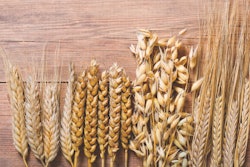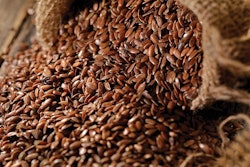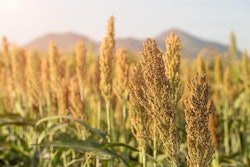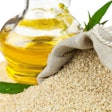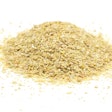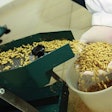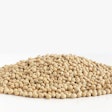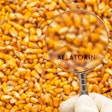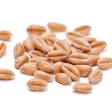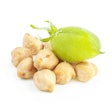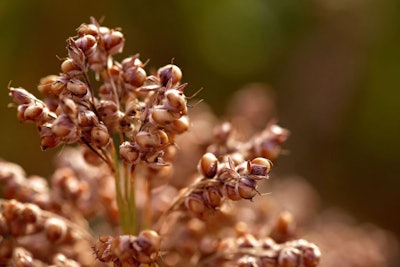
Low-tannin sorghum can be fed to broilers, but some key points must be considered.
Can sorghum be fed to broilers? This is a common question now that corn price has become almost prohibitive. The quick answer is yes. Broilers can thrive equally when fed diets based on corn or sorghum. But, as corn has its own problems – that are now so common that we forget them easily – sorghum feeding in broilers and other animals comes with its own set of qualifications.
Sorghum is a crop much more resistant to lack of water than corn, therefore sorghum is often raised in regions with a hot and dry climate and under limited water resources. The reason sorghum is more resistant to drought than corn is because its leaves and stem are covered with a waxy substance that limits water losses and permits growth under high temperatures. The pericarp of sorghum gives it its color and contains most of its anti-nutritional factors.
The major class of anti-nutritional factors in sorghum is condensed tannins (along other similarly bitter compounds). It is believed that the main reason sorghum contains such high levels of bitter substances is to act as a deterrent against birds. Tannins not only reduce palatability, but they also substantially reduce digestibility of proteins once ingested. This results in reduced animal performance unless diets are supplemented with amino acids (especially methionine).
Technological procedures to reduce the level of tannins in sorghum exist, but they are either impractical or too expensive. For example, chemical treatment with 0.8N HCl or 0.8N NaOH for two days considerably decreases the concentration of tannins and improves digestibility – but such compounds require special handling. On the other hand, micronization and addition of polyethynolglycol has been shown to improve the feeding value of high-tannin sorghum, but this is a laborious, if not expensive, treatment that negates any cost savings from feeding sorghum instead of corn.
Presently, the only reasonable solution is to feed sorghum varieties low in tannins. Luckily, seed genetics companies have created such varieties, and at least in the U.S., low-tannin sorghum is the norm rather than the exception. However, this is not the case everywhere in the world.
An easy way to estimate the level of tannins in sorghum is the color of the seed – although with modern varieties this is not always correct. In general, however, varieties with yellow seeds are low in tannins (up to 0.5%), when traditional, brown-seeded varieties contain from 0.5% to more than 3%.
It should be mentioned that sorghum contains no pigments (carotenoids) in contrast with corn. Therefore, birds fed sorghum-based feeds are likely to deposit less pigments in their fat, skin, and feet – something that is prized in some markets.
In practical terms, low-tannin sorghum (less than 0.5%) can be used freely in all broiler diets. If the concentration is above this level, the amount should be prorated accordingly with the difference made by corn (or wheat in wheat-based feeds). If the level of tannins is unknown, it is recommended to start with low levels (5%) in the starter feed and gradually increase it by 5% steps in the next feeds (grower and finisher), and then again repeat by 5% increments in subsequent batches of broilers until the optimum level is established.


